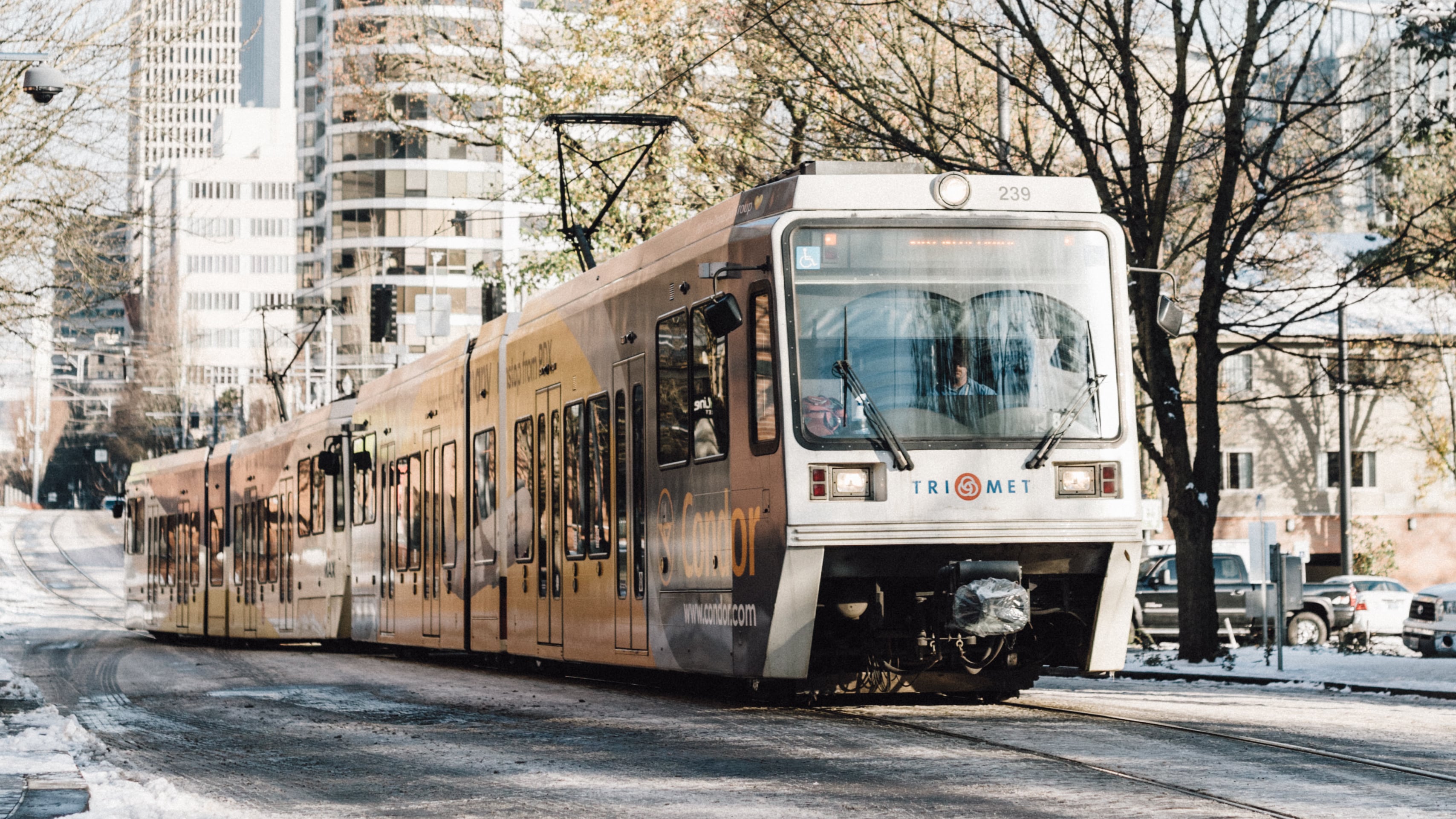Metro and TriMet are researching the possibility of taking a portion of the city's MAX trains underground.
The agencies are considering the feasibility of burying a stretch of its MAX lines from Goose Hollow in Southwest Portland to the Lloyd Center area in Northeast Portland to lessen the backup at the Steel Bridge. They're calling the research endeavor the MAX Tunnel Study and have dedicated a website to its progress, asking for community input through a survey.
The Oregonian first reported that survey and the possibility of a tunnel under downtown.
The study's website says the current MAX lines "can't support" the region's fast-growing transportation needs.
"At the busiest hours of the day, 40 light rail trains must cross the river and traverse downtown–one train every 90 seconds," the site reads. "As the region grows and the demand for light rail increases, the region will need at least 64 MAX trains through downtown every hour, more than one train each minute."
The concept is based on a 2016 study and analysis done by TriMet staff and consultants that looked at the viability of improving transportation across the Steel Bridge, a major bottleneck for Portland commuters.
The study, completed in the fall of 2017 after a year and a half of research, concluded that the most effective method of fixing the bottleneck and improving transit times would be by creating an underground tunnel for MAX lines, running roughly from Goose Hollow to Lloyd Center.
Ideas floated in the 2016-2017 study included constructing a new bridge, building a supplemental bridge to ease the load on the Steel Bridge, and renovations to the existing Steel Bridge.
Here's a grid representing the results. (The more a circle is filled in, the better the option.)

"The Tunnel Concepts provide the most benefits in terms of travel time savings (15 minutes between Goose Hollow and Lloyd Center Stations), increased system leadership, and improved system on-time performance (97 percent for all lines within the study area), but come at the highest cost," the report says.
The preliminary estimated cost for the tunnel is between $900 million and $1.94 billion, according to the study.
Metro spokeswoman Eryn Kehe told WW it does not yet have a more precise cost estimate.
"This is just the beginning," Kehe says. "We've heard general excitement about the possibilities, but that is why we are asking for input now. We'd like to learn what people of our region think."
The tentative timeline on the project's website shows that in the Fall Metro and TriMet will develop a budget estimate and create a strategy for planning. The final stage shown on the timeline is seeking funding for the design; the timeline estimate for the final stage is labeled "future."
